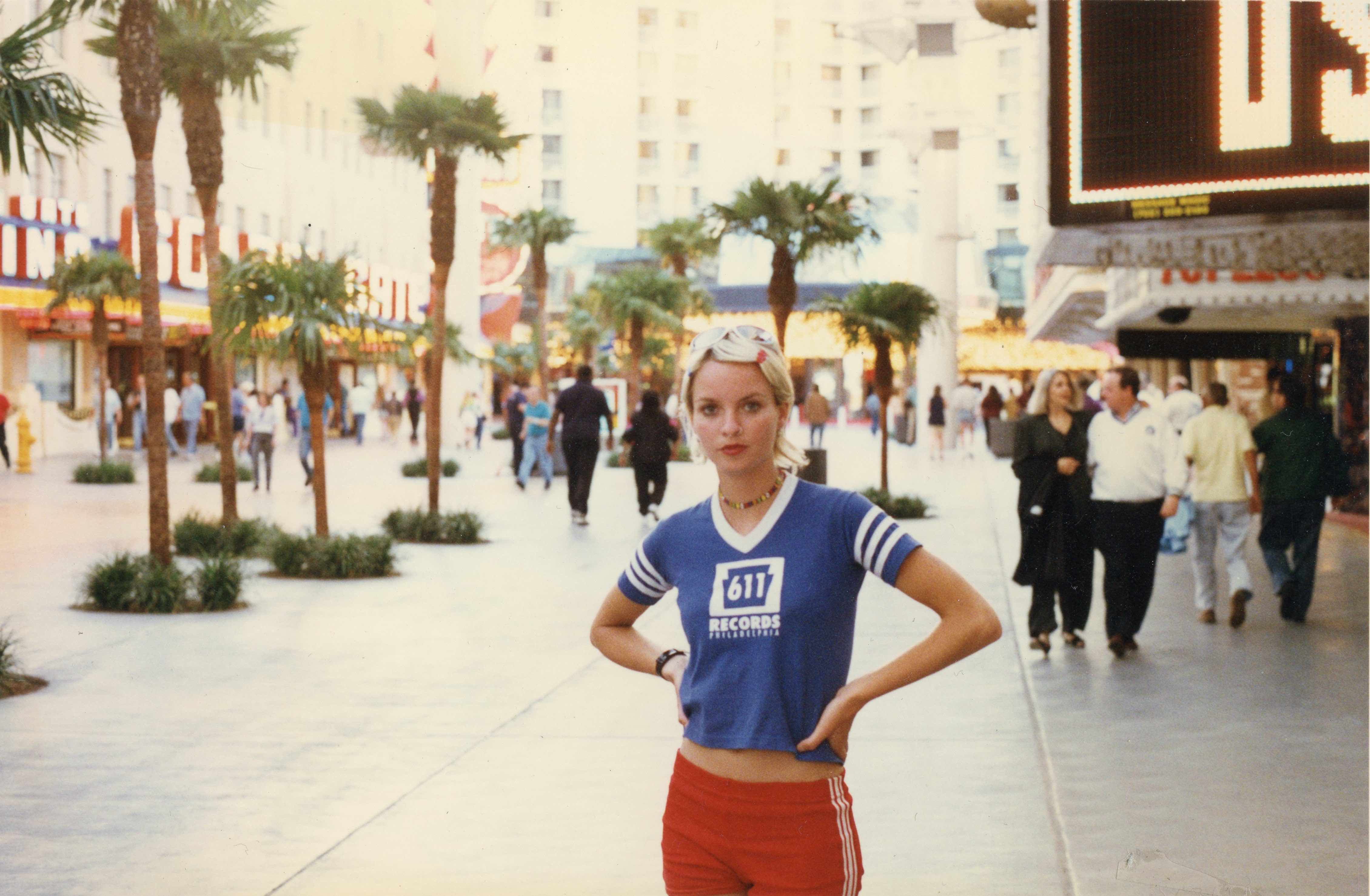A visual history of America’s travelling rave scene
- Text by Laura Havlin
- Photography by Tree Carr

In the early years of the 1990s, an underground rave scene brought together disparate youth tribes across North America. Flying under the radar of mainstream media for several years, kids from all kinds of backgrounds, cultures and classes united in warehouses and aircraft hangers to share something secret, subversive and – now we’re in the days of Facebook events and online photo-sharing – unlikely to be seen again.
Before she would go on to take paths a musician, filmmaker, dreaming guide, death doula and tarot reader, Tree Carr spent her late teens and early 20s dancing this same acid-fuelled path. From 1990 to 1995, she travelled across North America going to raves soundtracked by Detroit techno and Chicago house, and documenting her adventures on a disposable camera.
“I sat laughing and reminiscing over the wildly colourful fashions, bugged-out expressions and enlarged pupils of the ravers,” she says. “You look back at it through a totally different lens. I had captured a glimpse of the underground ’90s club scene; a unique fashion tribe and youth culture that really hasn’t been too well documented.” Though she has since lost touch with her friends in the photos, not least because many people went by club kid pseudonyms, Carr’s images create a collective portrait of a little-explored moment in American youth culture.


She adds that watching the union of disparate tribes at these raves – the queer community, Italian-Americans, hippies, privileged middle-class kids – was particularly heartening. “Literally a few years before, if I was in high school some of those kids would have been pushing me into my locker and calling me a lesbian,” she says. “And if you lost your friend at a rave, there were no mobile phone or pages so you just had to make new friends. It made everyone really open and you just had to go with the flow.”
While most of the shots remain untouched, Carr has edited some of them to recreate the feelings she got when the film was first processed. “We’d look at [the images] and go ‘that’s not how it felt,’” she says. “It looked like we were in outer space! So I decided to cut out the club kids, ravers and friends and stuff and collage them and mount them on space backgrounds. I got all these science magazines and stuck them on these space backgrounds because that is how it felt and that is how it looked to us – it looked really far out–cosmic.”







Tree Carr is publishing a limited-edition first run of 100 copies of This Girl is Super through IndieGoGo.
Follow Laura Havlin on Twitter.
Enjoyed this article? Like Huck on Facebook or follow us on Twitter.
You might like

Largest-Ever Display of UK AIDS Memorial Quilt Opens at Tate Modern
Grief Made Visible — Comprising hundreds of panels made by lovers, friends and chosen family, the UK AIDS Memorial Quilt returns in full for the first time since 1994 – a testament to grief, friendship and the ongoing fight against HIV stigma.
Written by: Ella Glossop

In Medellín’s alleys and side streets, football’s founding spirit shines
Street Spirit — Granted two weeks of unfettered access, photographer Tom Ringsby captures the warmth and DIY essence of the Colombian city’s grassroots street football scene.
Written by: Isaac Muk

On Alexander Skarsgård’s trousers, The Rehearsal, and the importance of weirdos
Freaks and Finances — In the May edition of our monthly culture newsletter, columnist Emma Garland reflects on the Swedish actor’s Cannes look, Nathan Fielder’s wild ambition, and Jafaican.
Written by: Emma Garland

New documentary revisits the radical history of UK free rave culture
Free Party: A Folk History — Directed by Aaron Trinder, it features first-hand stories from key crews including DiY, Spiral Tribe, Bedlam and Circus Warp, with public streaming available from May 30.
Written by: Isaac Muk

Why Katy Perry’s space flight was one giant flop for mankind
Galactic girlbossing — In a widely-panned, 11-minute trip to the edge of the earth’s atmosphere, the ‘Women’s World’ singer joined an all-female space crew in an expensive vanity advert for Jeff Bezos’ Blue Origin. Newsletter columnist Emma Garland explains its apocalypse indicating signs.
Written by: Emma Garland

We are all Mia Khalifa
How humour, therapy and community help Huck's latest cover star control her narrative.
Written by: Alya Mooro

